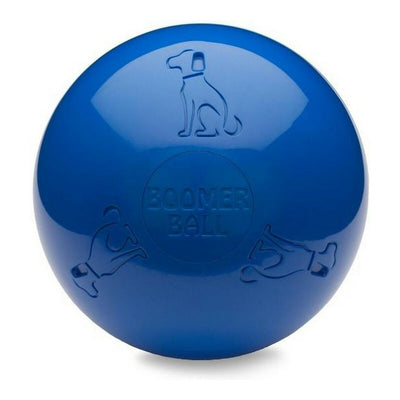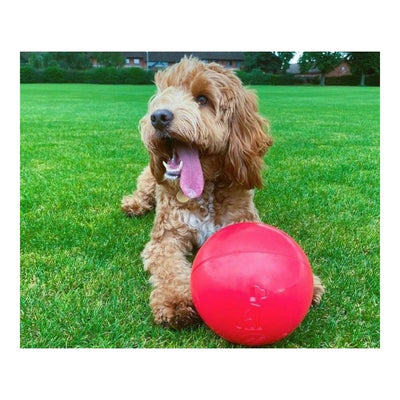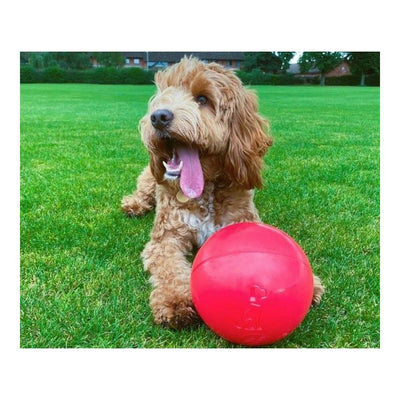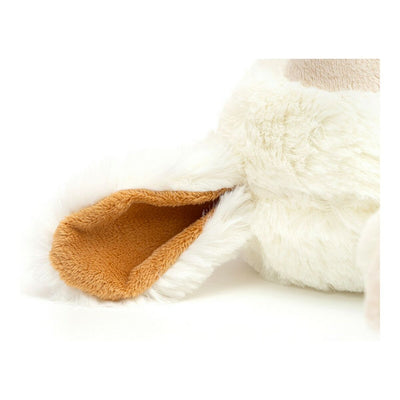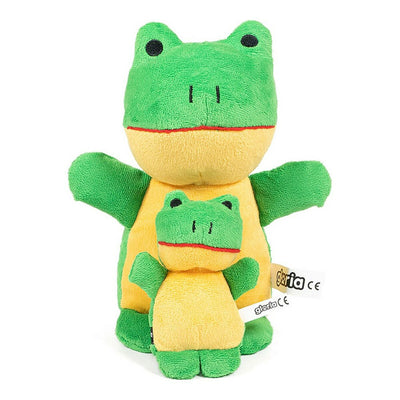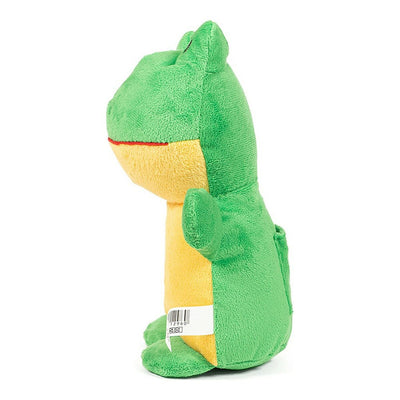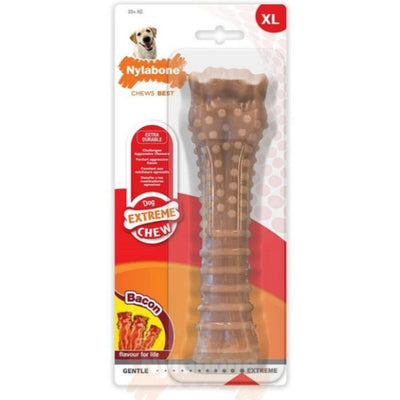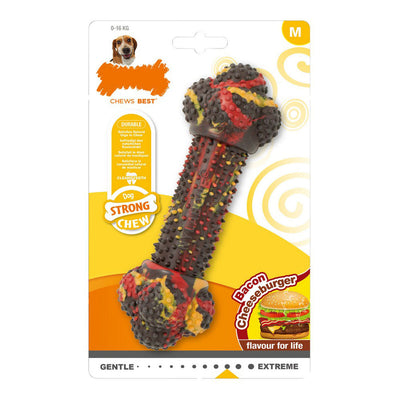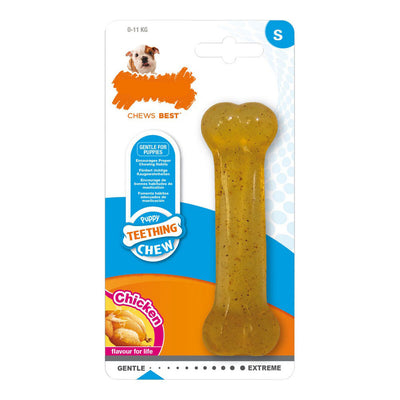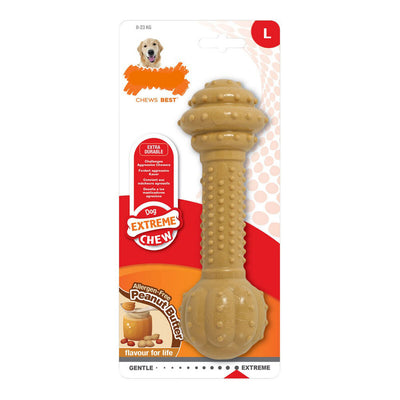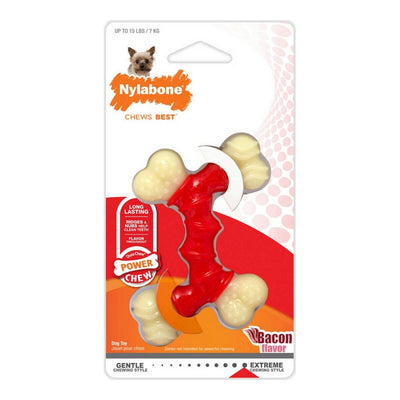
Dog toys
The best dog toys: how to choose? - Useful tips
Toys are important for the development and leisure activities of a dog's everyday life. They contribute to training, dental health and stress relief. So when you take the time to choose the right chew toy, you're investing in your tailless friend's comfort.
Why dogs need toys
Dogs, just like humans, need stimulation to live happy and healthy lives. Toys play a crucial role in their cognitive needs and in releasing energy. There are at least 7 reasons why toys are important for dogs:
- Mental stimulation
Dogs are intelligent animals that need constant mental activity. Without them, life is boring. Self-entertainment with toys gets them thinking and playing to keep their brains busy.
- Physical exercises
They are important for health. Devices that encourage running, jumping, or pulling encourage exercise so your dog stays in good physical shape and gains less weight.
- Dental health
Chewing is a natural need for pets, and it has a positive effect on their dental health. Chew toys help keep jaws strong, teeth clean and less plaque buildup.
- Training
Toys are great for learning obedience and tricks. They work well as a reward when learning a skill to reinforce a positive outcome.
- Stress relief
Dogs often suffer from stress and anxiety. Chewing on toys can help with anxiety and comfort them when they are nervous or alone.
- binding
Toys bring owners and pets closer together. Playing together strengthens bonds and creates trust and affection.
- Instinctive needs
Devices that imitate prey satisfy the need to hunt. For example, by squeaking or a fur-like structure.
How to choose safe toys for your dog
Large dogs can choke on small toys, and soft toys can turn into pieces within minutes. When choosing a suitable toy, it is important to make sure that it is made of non-toxic materials (does not smell, has a color of natural tones) and has a label that guarantees the safety of the product.
They should not have any sharp edges or small parts that can break off. Dogs often swallow them, which can cause choking or intestinal blockage. If the toy is too hard, the animal may break its teeth or injure its mouth. The degree of hardness should therefore be moderate.
The animal should have several toys for different play needs: some for chewing, some for ball play, some for cuddling, and some for interactive play. It is better not to buy jewelry with strings, ribbons, eyes or other decorations that can be chewed off.
Materials: What to look for and what to avoid
Definitely suitable materials:
- Hard rubber is durable and resistant to chewing. It rarely breaks into pieces.
- Tug of war uses dense nylon or canvas, making it suitable for large dogs with powerful jaws.
- Ropes, if thick and tightly woven, are also good. They are made of natural fibers that are safe for dogs and promote dental hygiene as they clean their teeth like dental floss - just like humans.
- Soft fleece is an option for dogs who prefer cuddling with toys rather than tearing them up.
Materials to avoid:
- PVC and vinyl are often contaminated with harmful chemicals.
- Latex is harmful to allergic pets, even if it appears to be a pleasant material.
- Lead or other heavy metals can also be found in the paint or material of toys. You should only buy from trusted manufacturers who issue a quality certificate for their products.
- Rawhide causes choking and gastrointestinal irritation if swallowed.
Every toy purchased must have a “Non-Toxic” label on it. The ability to wash it is important to get rid of germs and bacteria. It is good if it is suitable for cleaning in the dishwasher or washing machine.
Size & Shape
The toy should be larger than the dog's mouth so there is less chance of it being swallowed whole. A toy that is suitable for a large breed of dog may be dangerous for a small dog and vice versa.
Some toys may be bulky and large, but they are easy to chew. You should only give such toys to your pet under supervision or refuse them completely.
Long and thin pieces of jewelry are easier to chew, preferably with the same width along their entire length.
Toys with irregular or complex shapes are safer because they are more difficult for the dog to put in his mouth and are less likely to be swallowed whole.
Care of toys
If the toy is machine washable, place it in a pillowcase or laundry bag. Turn on the "Delicate wash" mode. If it is not suitable for machine washing, hand wash in hot, soapy water and rinse thoroughly. Air dry or tumble dry on medium heat.
Rubber, nylon, or plastic toys can be washed in the dishwasher. Use a normal rinse cycle and natural dish soap or just hot water.
Hand washing is also not difficult. Clean the toy with a brush by dipping it in hot, soapy water. Then rinse thoroughly.
For disinfection, vinegar is added to the water when washing. In this case, it is not necessary to comply with the proportions. After washing, the still damp toy can be warmed in the microwave for a minute to kill any remaining bacteria. The most important thing is that the toy does not contain any metal parts. It is advisable to clean them once a week or more often if they are very dirty.
As you can see, toys are not just a means of entertainment. It is important for your dog's health, mind and emotional state. When choosing a toy, you should pay attention to the material, size, purpose and ease of cleaning. No toy lasts forever, so it needs to be checked regularly and thrown away if it has any defects or has served its purpose. Luckily, we offer a wide selection of dog toys for different ages, breeds and purposes. Stop by the store now!


